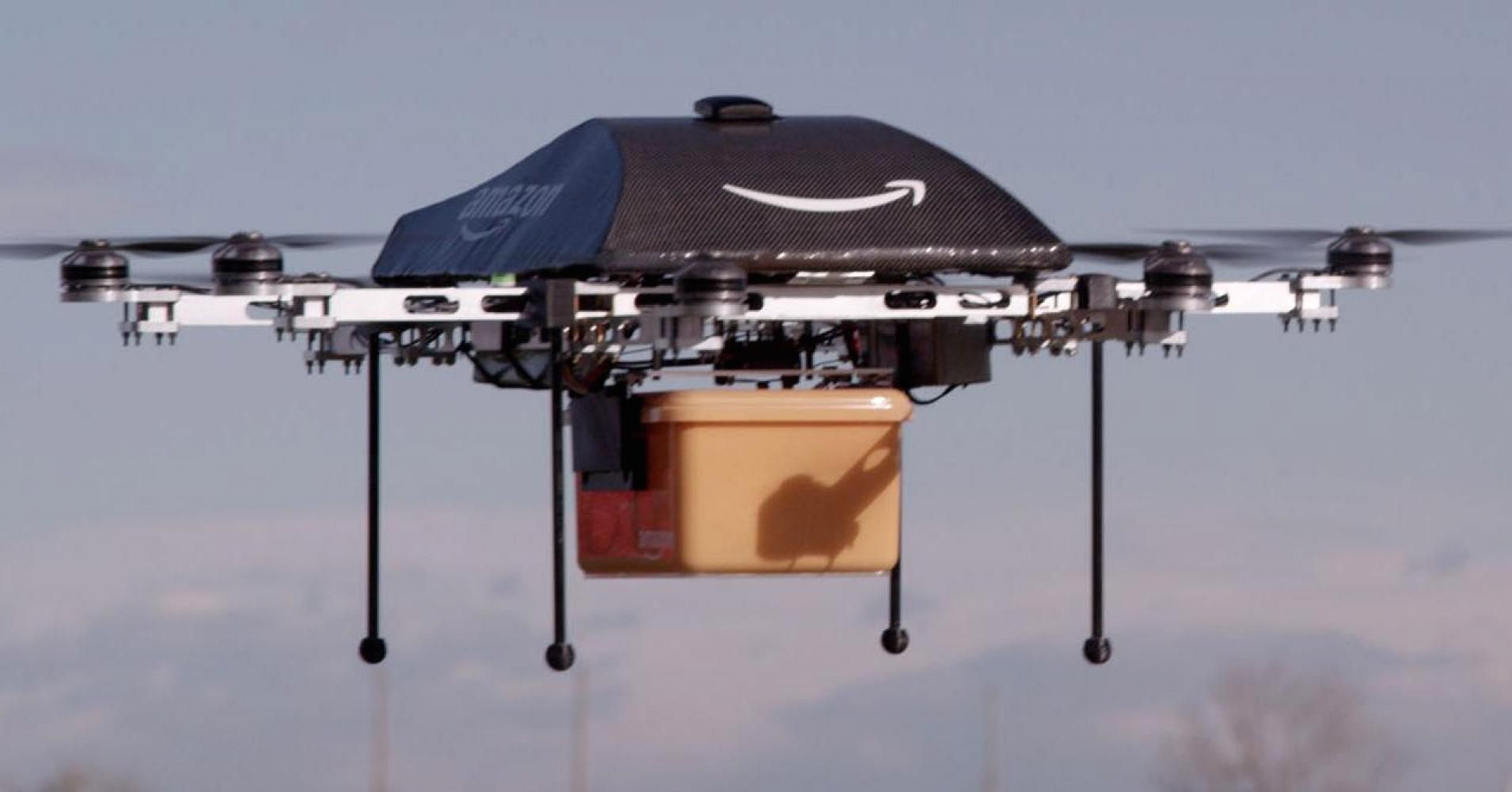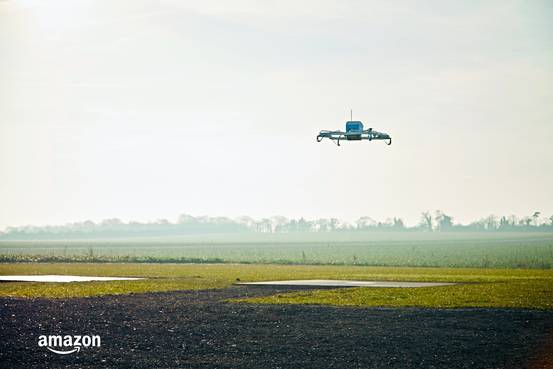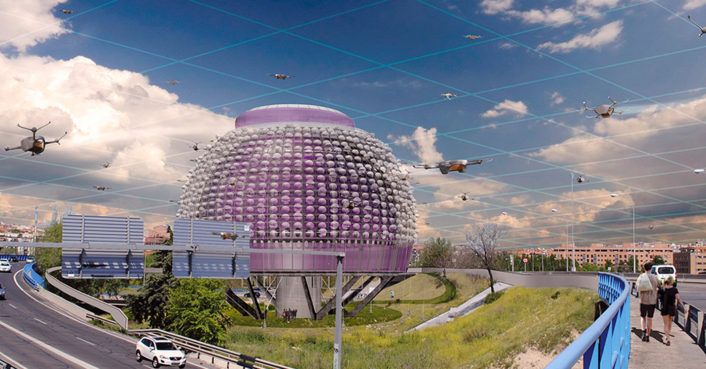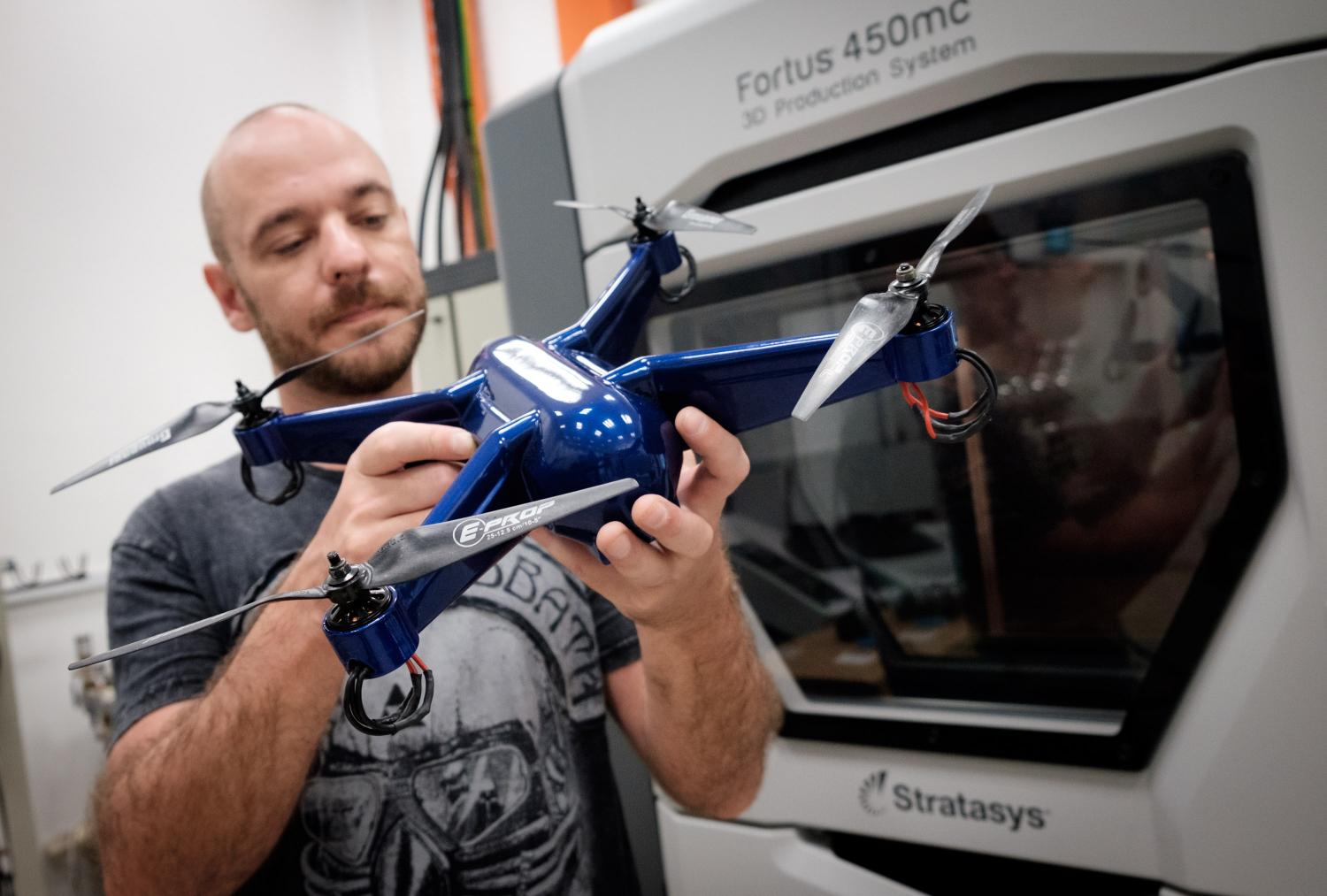CEO Jeff Bezos said the company successfully delivered its first package to a customer in the Cambridge area of England in 13 minutes.



One of the oddest military drones aborning reinvents a stillborn technology from 1951. That’s because the unmanned aircraft revolution is resurrecting configurations that were tried more than a half century ago but proved impractical with a human pilot inside. The case in point: Northrop Grumman’s new Tern, a drone designed to do everything armed MQ-1 Predators or MQ-9 Reapers can, but to do it flying from small ships or rugged scraps of land – i.e., no runway needed.
“No one has flown a large, unmanned tailsitter before,” Brad Tousley, director of the Tactical Technology Office at the Defense Advanced Research Projects Agency (DARPA), Tern’s primary funder, said in a news release. The key word there is “unmanned.”
Back in 1951, when all sorts of vertical takeoff and landing aircraft ideas were being tried, Convair and Lockheed built experimental manned tailsitters for the Navy. Convair’s XFY-1 and Lockheed’s XFV-1, nicknamed “Pogo” and “Pogo Stick,” each had two counter-rotating propellers on its nose and was to take off and land pointing straight up. Convair’s Pogo had a delta wing and, at right angles to the wing, large fins. Lockheed’s Pogo Stick had an X-shaped tail whose trailing tips, like Convair’s wing and fins, sported landing gear.


Hmmmm.
Sam Gussman arrived four years ago at Stanford University hoping to eventually parlay an engineering degree into a product manager job at Google or Facebook.
Working for the National Security Agency or other intelligence bureaus never crossed his mind. For Gussman, the government didn’t seem like the place for the most exciting, cutting-edge research in human computer interaction — his area of interest. Plus, it did no on-campus recruiting, unlike the many tech startups that e-mailed him daily about job opportunities and happy hours.
That career plan changed dramatically after Gussman took a new graduate class at Stanford’s engineering school called Hacking for Defense, or H4D, where he got to tackle real-life national security challenges. There he met with U.S. military officers and studied the mental duress soldiers face during combat and then worked on software that distinguishes insurgents from civilians in video feeds from drones. Suddenly government work was “super cool.”
This has been worked on since WWII using various methods that never fully worked out. However, our technology has advance; so it could be within reach this time.
An expert from Rutgers University Newark explores the proper role of neuroscience in defense and war efforts, and how technologies designed with this science can be misused to harm people.
What could once only be imagined in science fiction is now increasingly coming to fruition: Drones can be flown by human brains’ thoughts. Pharmaceuticals can help soldiers forget traumatic experiences or produce feelings of trust to encourage confession in interrogation. DARPA-funded research is working on everything from implanting brain chips to “neural dust” in an effort to alleviate the effects of traumatic experience in war. Invisible microwave beams produced by military contractors and tested on U.S. prisoners can produce the sensation of burning at a distance.
What all these techniques and technologies have in common is that they’re recent neuroscientific breakthroughs propelled by military research within a broader context of rapid neuroscientific development, driven by massive government-funded projects in both America and the European Union. Even while much about the brain remains mysterious, this research has contributed to the rapid and startling development of neuroscientific technology.
And while we might marvel at these developments, it is also undeniably true that this state of affairs raises significant ethical questions. What is the proper role – if any – of neuroscience in national defense or war efforts? My research addresses these questions in the broader context of looking at how international relations, and specifically warfare, are shaped by scientific and medical expertise and technology.
Are you ready to GROW drones?

Nanyang Technological University (NTU) researchers in Singapore have embedded electronics into a 3D printed drone. Using Stratasys’ 3D printers and the advanced ULTEM 9085 material Phillip Keane produced the device as part of the Singapore Center for 3D Printing (SC3DP) at NTU. The quadcopter, it has four propellers, with its impressive construction and embedded electronics is impressive, but still has some way to go to catch up with TERN, DARPA’s military drone currently under development.